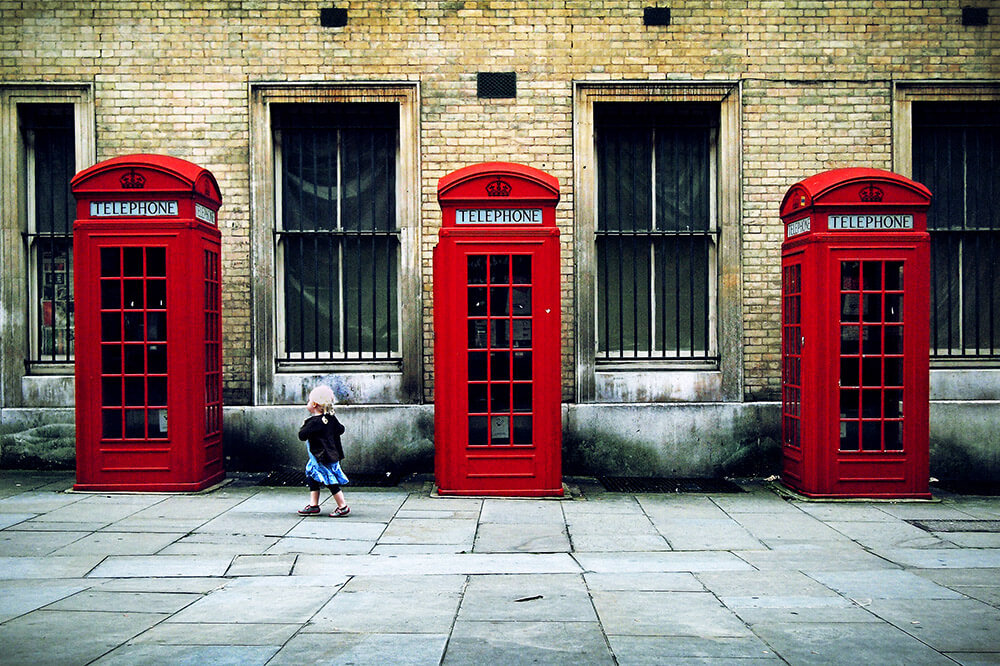The Main Principles Of Street Photographers
The Best Strategy To Use For Street Photographers
Table of ContentsThe 8-Second Trick For Street PhotographersNot known Details About Street Photographers What Does Street Photographers Mean?How Street Photographers can Save You Time, Stress, and Money.Rumored Buzz on Street Photographers
A category of photography that records day-to-day life in a public location. The very publicness of the setup makes it possible for the digital photographer to take honest photos of strangers, frequently without their understanding. Road digital photographers do not necessarily have a social objective in mind, however they choose to separate and catch minutes which may otherwise go undetected (Street Photographers).Though he was affected by a number of those that influenced the road professional photographers of the 1950s and '60s, he was not chiefly curious about capturing the spirit of the road. The impulse to visually document individuals in public started with 19th-century painters such as Edgar Degas, douard Manet, and Henri de Toulouse-Lautrec, who functioned side by side with professional photographers attempting to capture the significance of city life.
While the digital photographers' topic was basically the very same, the outcomes were markedly various, demonstrating the influence of the digital photographer's intent on the personality of the pictures he generated.
Provided the great top quality of his photographs and the breadth of material, designers and musicians usually bought Atget's prints to use as recommendation for their very own job, though business passions were rarely his major inspiration. Rather, he was driven to picture every last residue of the Paris he enjoyed. The mingled interest and urgency of his mission shine through, resulting in photographs that narrate his own experience of the city, qualities that anticipated street photography of the 20th century.
The 30-Second Trick For Street Photographers
They expose the city through his eyes. His job and fundamental understanding of digital photography as an art type acted as motivation to generations of professional photographers that followed. The future generation of street photographers, though they likely did not describe themselves as such, was introduced by the photojournalism of Hungarian-born professional photographer Andr Kertsz.
Unlike his peers, Brassa used a larger-format Voigtlnder electronic camera with a longer direct exposure time, requiring him to be more computed and thoughtful in his practice than he may have been if using a Leica. (It is believed that he might not have had the ability to afford a Leica back then, but he did, nonetheless, use one in the late 1950s to take colour pictures.) Brassa's photographs of the Paris abyss illuminated by fabricated light were a revelation, and the collection this website of the collection that he published, (1933 ), was a significant success.
Cartier-Bresson was a champ of the Leica camera and one of the very first digital photographers to maximize its capacities. The Leica allowed the professional photographer to connect with the surroundings and to catch minutes as they took place. Its relatively small size likewise aided the digital photographer fade into the background, which was Cartier-Bresson's favored technique.
The smart Trick of Street Photographers That Nobody is Discussing
It is as a result of this essential understanding of the art of photo taking that he is commonly credited with uncovering the medium all over once more about a century given that its development. He took pictures for even more than a half century and influenced generations of professional photographers to trust their eye and intuition in the moment.
These are the concerns I shall attempt to answer: And then I'll leave you with my own definition of road photography. Yes, we do. Let's begin with defining what an interpretation is: According to (Street Photographers) it is: "The act of defining, or of making something definite, distinctive, or clear"
No, most definitely not. The term is both restricting and misguiding. Sounds like a road digital photography ought to be images of a streets right?! And all road professional photographers, with the exception of a little number of absolute novices, will completely value that a road is not the crucial element to road digital photography, and really if it's a picture of a road with perhaps a couple of monotonous individuals doing nothing of passion, that's not road photography that's a snapshot of a street.
Excitement About Street Photographers
He makes a valid factor do not you think? While I concur with him I'm not certain "honest public digital photography" will catch on (although I do kind of like the term "candid photography") since "road digital photography" has actually been around for a long time, with lots of masters' names affixed to it, so I believe the term is here to stay (Street Photographers).
You can fire at the beach, at an event, my explanation in an alley, in a park, in a piazza, in a coffee shop, at a gallery or art gallery, in a city terminal, at an occasion, on a bridge, under a bridge ...
Yes, I'm afraid we scared no choice! Without rules we can not have a useful reference definition, and without an interpretation we don't have a style, and without a style we do not have anything to define what we do, and so we are stuck in a "guidelines meaning style" loop!
Some Ideas on Street Photographers You Need To Know
